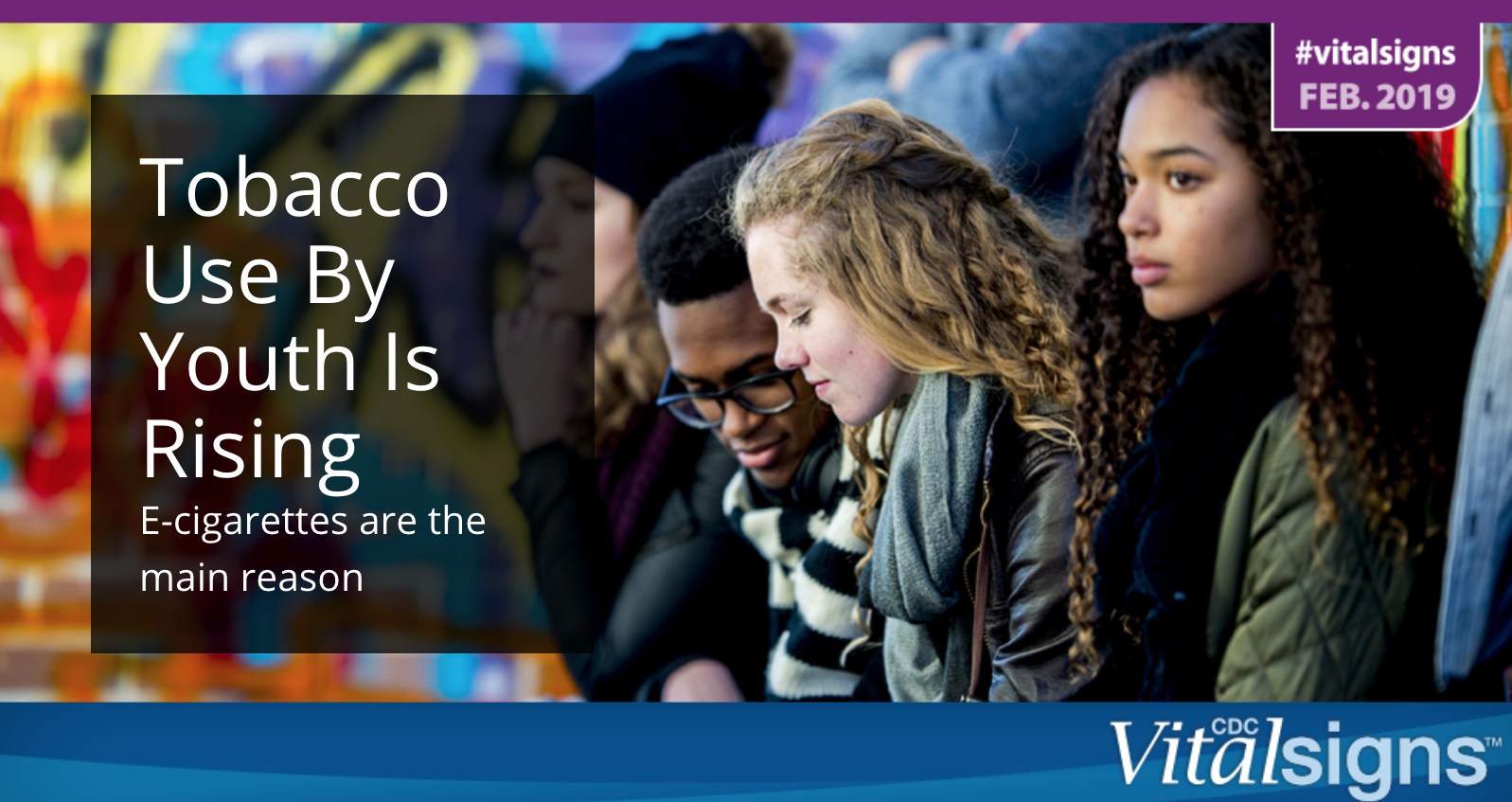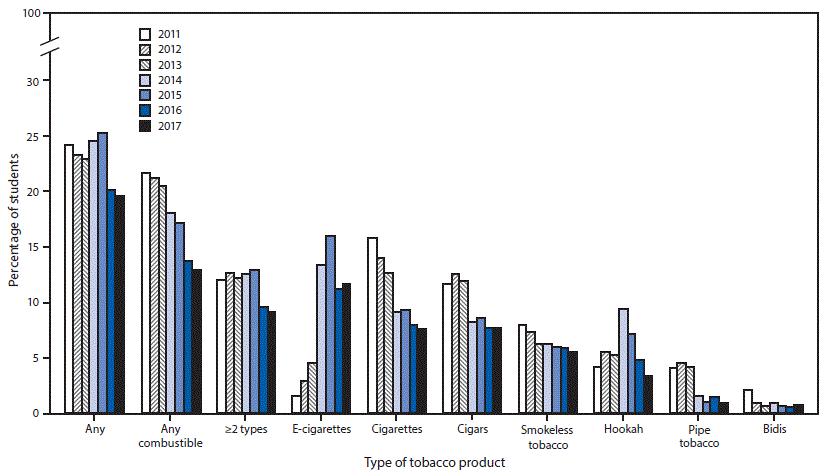The CDC is one of the finest public health institutions on the planet. Because they fearlessly march into "hot zones" to battle deadly infectious diseases, we microbiologists think of the good folks at the CDC as real-life superheroes.
But not everything the CDC does is equally praiseworthy. As Dr. Josh Bloom explains, their portrayal of the opioid crisis has been unhelpful at best and lethal at worst. Their insistence on restricting prescription opioids flies in the face of the overwhelming evidence that the overdose deaths are largely due to the recreational use of fentanyl-laced heroin.
The CDC has also gone on a bizarre crusade against e-cigarettes. True, vaping is not completely safe, and it should only be used by smokers as a quitting device. Recreational use should be discouraged, and policies should be in place to prevent them from falling into the hands of teenagers. But the exaggerated hype and fear surrounding e-cigarettes runs the very real risk of undermining a valuable public health tool.
CDC Misleads By Calling E-Cigarettes a 'Tobacco Product'
Consider the CDC's latest report. It says that "tobacco use by youth is rising." If that's true, that's horrible.

But as shown, it's not true. The CDC basically admits as much when it says, "E-cigarettes are the main reason."
This is very important to understand: E-cigarettes and other vaping devices do not contain tobacco. Period. They are not tobacco products, even though the government apparently considers them to be tobacco products.
What these products do contain is nicotine. Nicotine can either be extracted from tobacco or made synthetically in the laboratory. But regardless of the process, the only thing that matters is the end product. In this case, the end product is a solution of nicotine, not tobacco. It is disingenuous to pretend otherwise.
E-Cigarettes Are Not a Gateway to Actual Cigarettes
Another myth that regularly circulates is that e-cigarettes are a gateway to actual cigarettes. A charitable view is that the CDC has done nothing to dispel it. (An uncharitable view is that the CDC is actively encouraging it.) Yet, the CDC's own data shows this isn't true.

Source: CDC
It's as plain as day. Among middle and high school students, e-cigarette use is up, but real cigarette use is down. (The graph above depicts only data for high school students.) If vaping was a gateway to smoking, then cigarette use wouldn't be falling.
Not All Bad Things Are Equally Bad
In an ideal world, kids aren't tempted to rebel and don't do anything stupid. But we don't live in that world. So, it's not helpful to pretend that all bad things are equally bad. Marijuana is bad, but it's not as bad as heroin or cocaine. Getting drunk and losing control is bad, but it's not as bad as drinking and driving. Protected sex among teenagers is bad, but it's not as bad as unprotected sex. The Bachelor is bad, but it's not as bad as Bachelor in Paradise.
Likewise, vaping by non-smokers for fun is bad, but it's not as bad as smoking cigarettes. That message is so important, yet the CDC keeps fumbling it.




